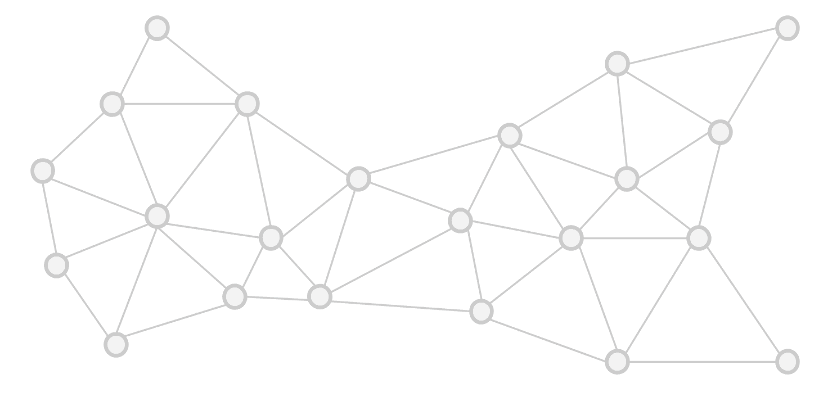What is Routing Work
Saito uses routing work to secure the blockchain rather than hashing or staking. But what is routing work?
In Saito, nodes are paid for routing transaction fees into blocks. The more fees a node collects and shares with the blockchain the more it earns. This creates a high-bandwidth blockchain, as fees pay directly for network infrastructure rather than being “wasted” on mining or staking. This also eliminates the separate fees for “API access nodes” or “transaction processors”.

Routing work is also simpler than mining or staking. Routing is something every network does. Having miners and stakers only adds complexity.
But the best thing is that routing work is more secure. Hashpower and stake can be rented or bought. But you cannot rent or buy a transaction fee without losing money. With routing work nodes that collect fifty-one percent of the network’s fees can only fifty-one percent of network revenue at most, and produce fifty-one percent of the blocks on the longest chain. The fifty-one percent attack vanishes like a bad dream.
There are cases where proof-of-work and proof-of-stake shine. But when it comes to running user-facing, high-bandwidth infrastructure, nothing beats routing work.




